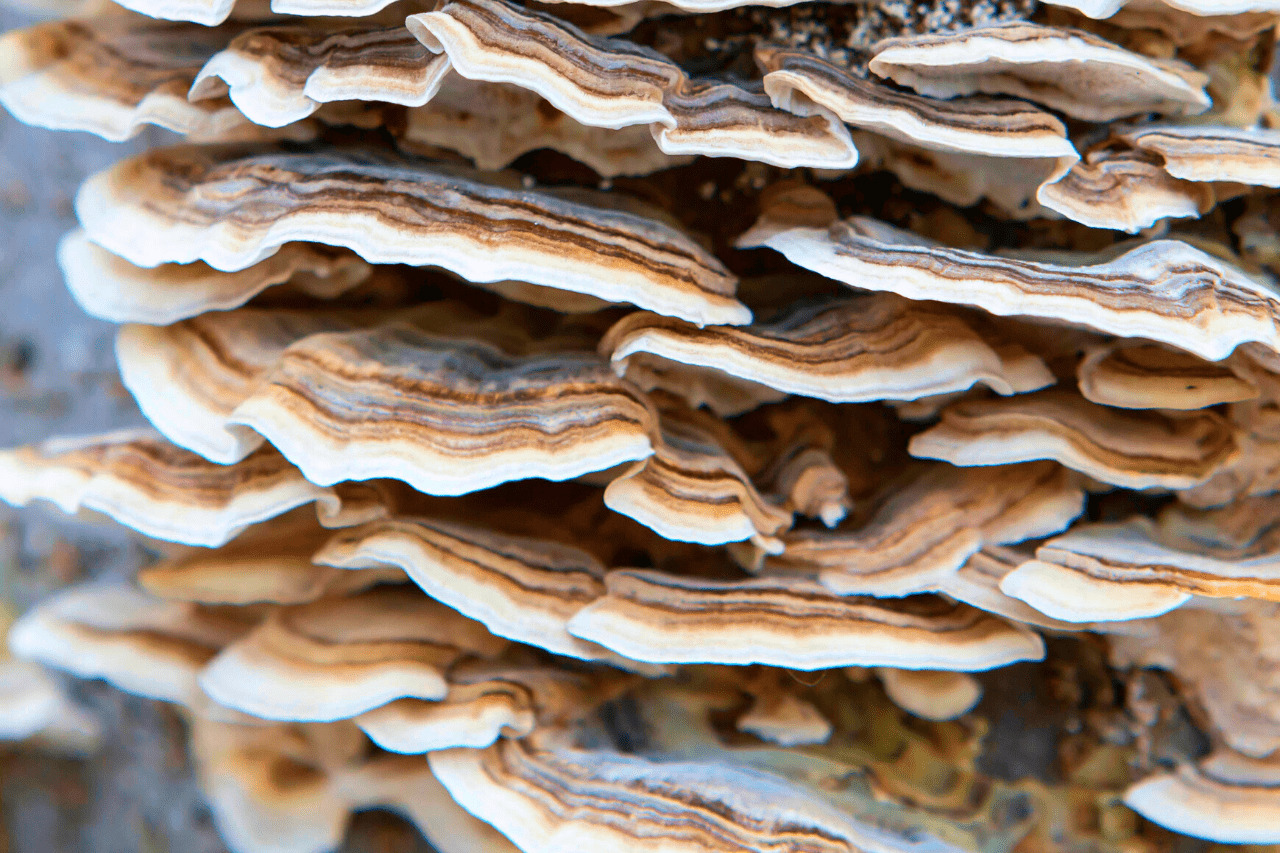
Medicinal Mushrooms: All about Turkey Tail Mushroom
Written by Sydney Waldner Let me introduce you to the holy grail of medicinal mushrooms; Turkey tail. If you are a forest lover, there
The Psilocybe Cubensis mushroom belongs to the Hymenogastraceae family and can grow up to 6 inches long. Found predominantly in South America, India, and Australia, it is relatively easy to cultivate and widely distributed worldwide. It can be easily identified due to the small yellow patch found on the Pileus, the mushroom cap.
Featured heavily in the spiritual rituals and traditions of South America and India, the mushroom forms the backbone of various scientific theories that propagate psychedelic substances’ involvement in the evolution of humankind.
The Psilocybe Cubensis mushroom is highlighted in recent times with the propagation of the Stoned Ape Theory, which proposes that early human societies grew in intelligence, awareness, and culture due to a collective tribal community emerged from the use of Psilocybe Cubensis and other psychedelic mushrooms.
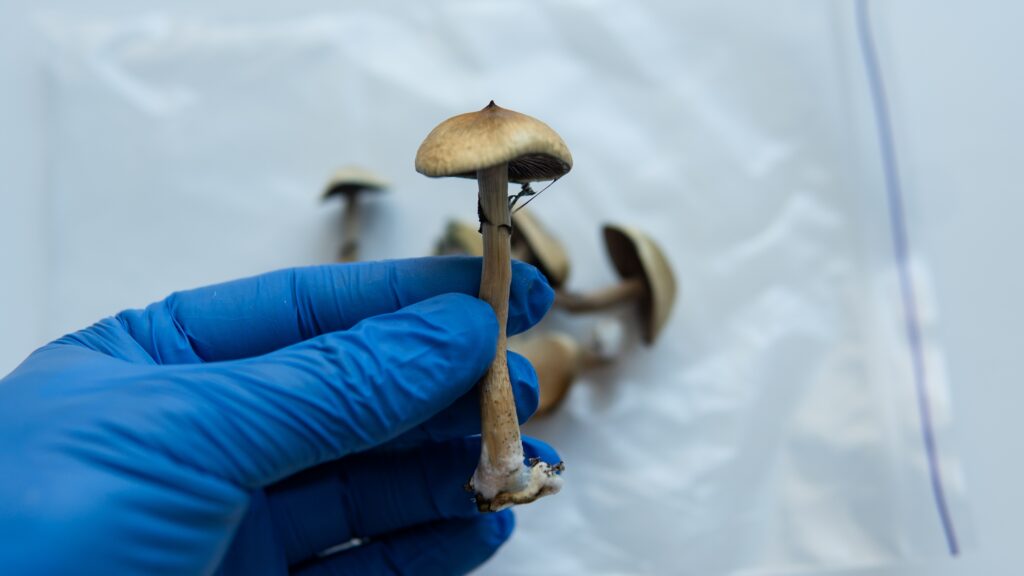
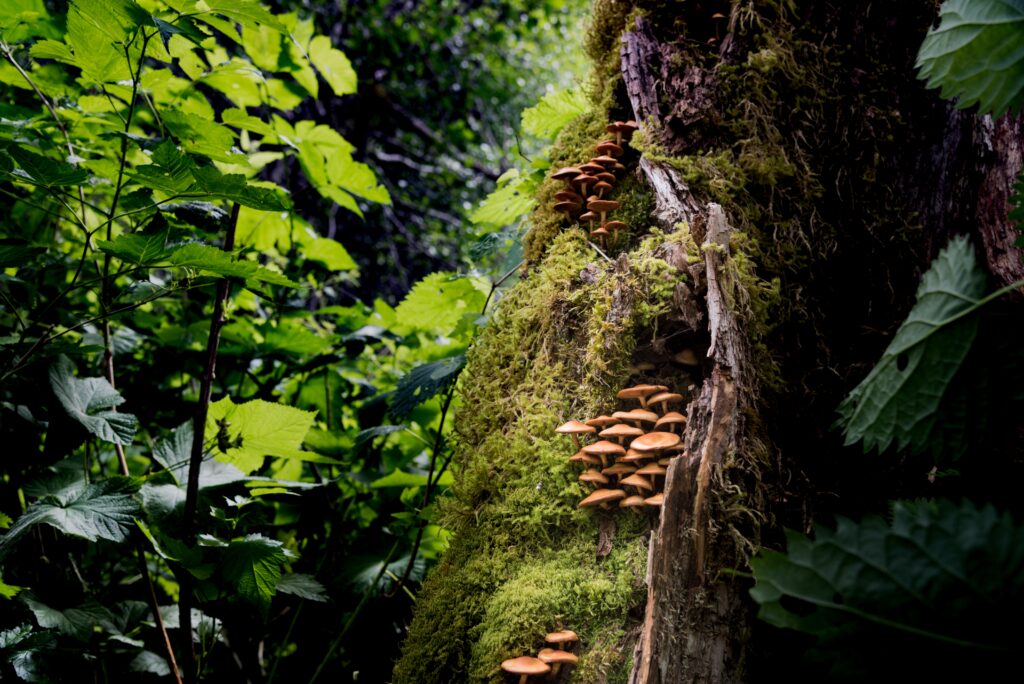
The name Psilocybe Cubensis indicates a strain of the mushroom that originates in Cuba. The strain is an imported species dispersed primarily from Asia and other subtropical and tropical regions across this belt.
The strains found in the Americas prefer to grow in two specific climate regions, the humid continental and the humid subtropical.
Fortunately, a broad belt of the Americas falls under this category, while the arid regions of the Americas and Europe do not host many members of this species.
The mushroom prefers damp forested areas, grasslands, and open prairies that receive significant rainfall.
Although Psilocybe Cubensis is a little challenging to grow in a controlled environment such as a garden or greenhouse, other members of its species, namely P. cyanescens, P.azurescens, and P. subaeruginosa have been successfully imported to gardens. They can grow well if they are situated within their favorable climate range.
Although we may know significant amounts of information regarding the origin, evolution, and spread of the Psilocybe Cubensis mushroom, one can not truly understand its incredible significance unless you have tried and experimented with the shroom yourself.
As long as you conduct your psychedelic experiments safely and responsibly, your journey with Psilocybe Cubensis will undoubtedly be a highly rewarding and enriching spiritual experience.
We hope that the information provided in this article will help revitalize your appreciation for this ever-important mushroom and inspire you to delve into the world of psychedelics for yourself in a safe, responsible, and accountable manner.

Written by Sydney Waldner Let me introduce you to the holy grail of medicinal mushrooms; Turkey tail. If you are a forest lover, there

Although the brain remains the most mysterious organ in the body, our knowledge of the brains functions is growing rapidly. The brain’s functions have
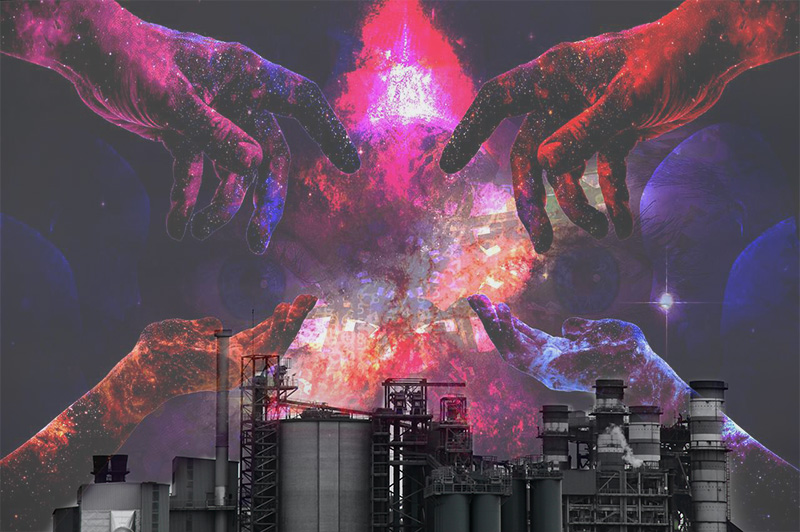
The history of the psychedelic industry is fascinating and intense. Despite the fact that psychedelics are among the most powerful healing substances on the planet,

Positive affirmations have been used, in various forms, for thousands of years. Affirmations are phrases that you can repeat to yourself over and over, locking
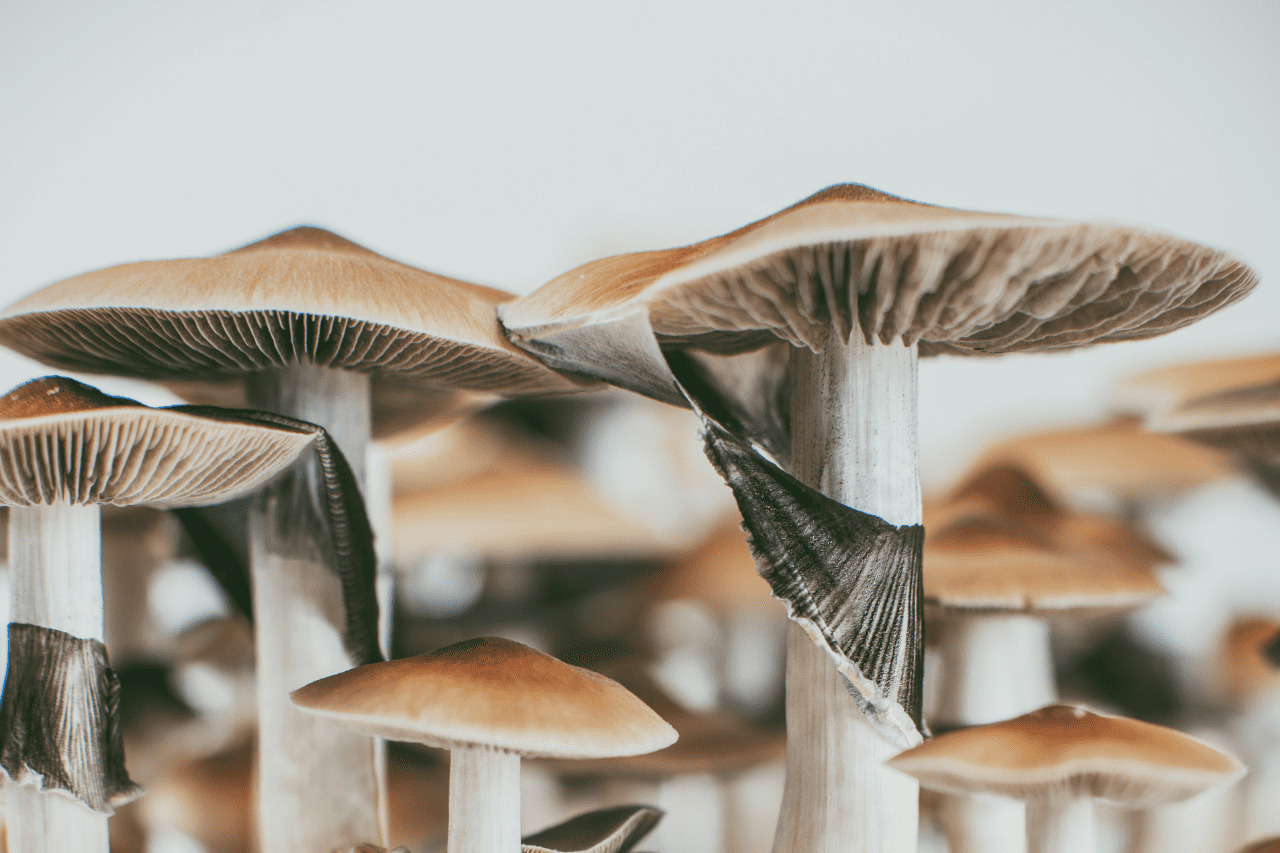
Microdosing is a growing practice that is taking the Globe by storm! This is a method that can improve multiple brain functions. Some include
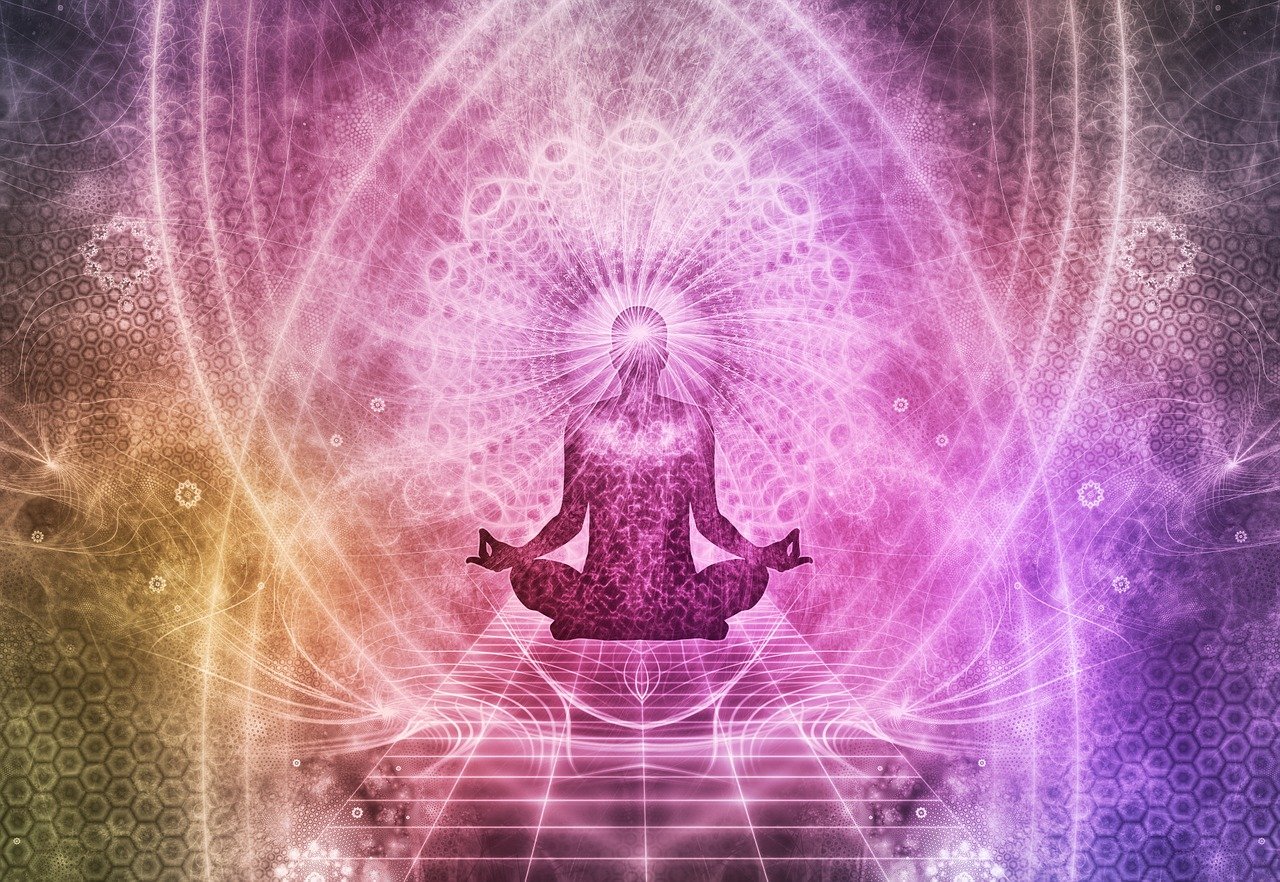
Meditation and microdosing: an iconic duo. Individually, both of these practices are like hygiene for the brain. Together, they hold even more powerful! Although they
GET 10% DISCOUNT WITH NOTIFIED ABOUT THE LATEST NEWS AND UPDATES. NO SPAM, WE PROMISE!
FREE Tracked shipping on orders over €250 to EU countries.
Monday- Friday 8.30am- 5pm (CET)
A range of options available
Guaranteed delivery or your money back